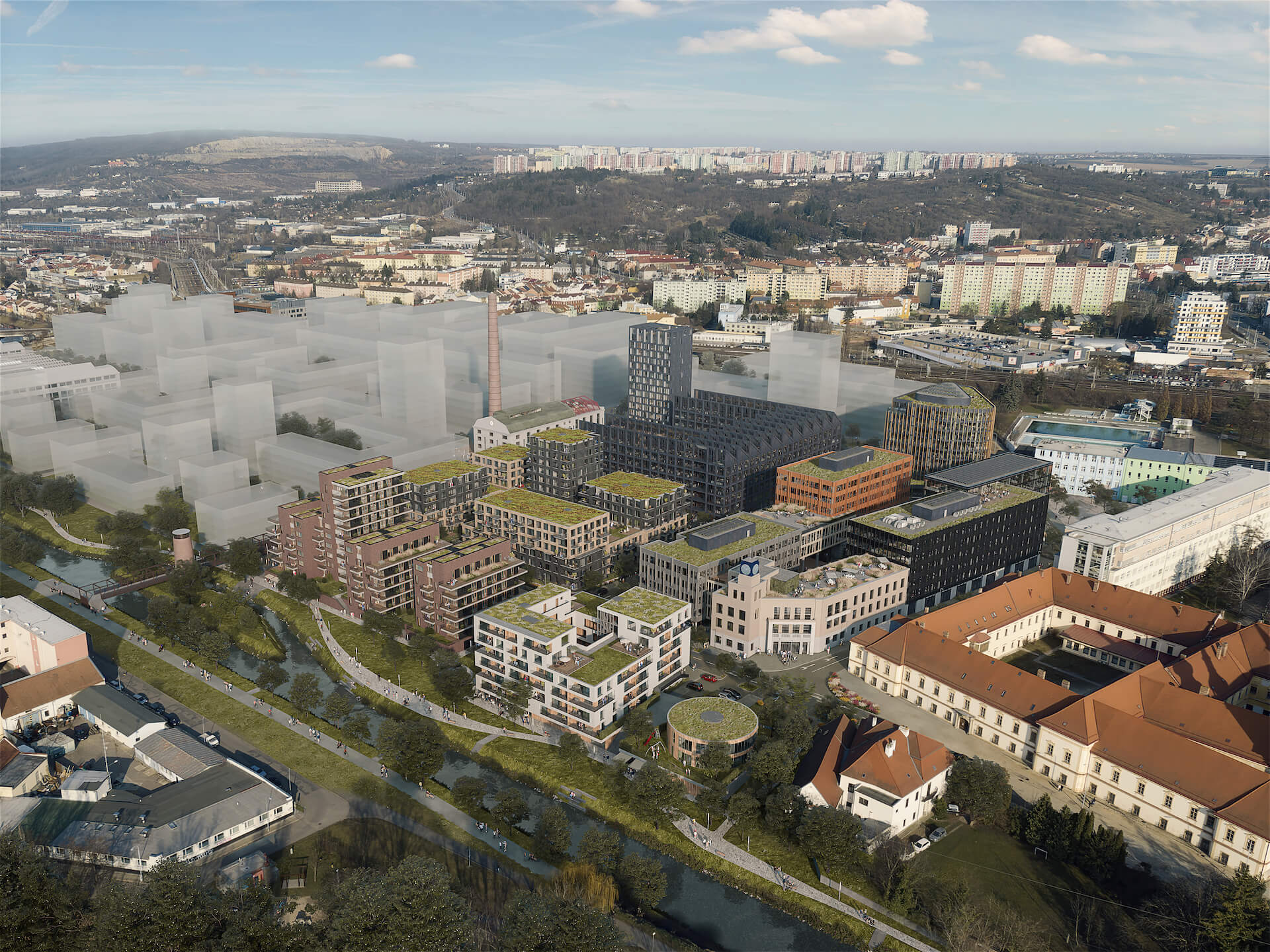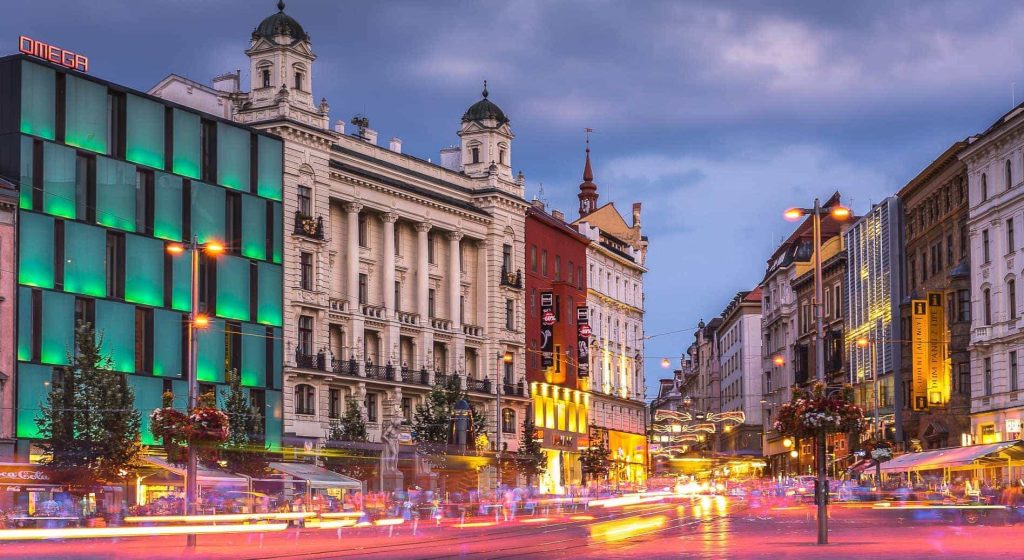The third stop on our tour brought us to the Czech Republic, in the city of Brno. We learned that the local government here is a pioneer in the introduction of participatory budgeting. Furthermore, the development strategy includes capitalizing on local heritage, investing in sustainable mobility and supporting innovation and scientific excellence.
Brno introduced participatory budgeting in 2017 and became the first city in the Czech Republic to do so. Over the years, citizens have demonstrated that they are interested in opportunities to vote on projects and taking part in shaping their community. For 2022, the budget reserved for this type of consultation is 35 million crowns, approximately 1.42 million euros. Given that a project can reach a maximum of 203,000 euros, this means that a minimum of 7 projects will be implemented.
Anyone can come up with proposals about what they would like implemented, the projects being then evaluated by the administration according to how feasible they are in order not to be stopped in the implementation stage either by a technicality or by the plan developed by the administration for a certain area. People who come with proposals do not need to have permanent residence in Brno, they can also be simple citizens who come there to study or work. The only requirement is to be at least 15 years old. In November of this year, citizens will be able to vote on the proposals for 2022.
Among the projects voted and implemented in the community we can list projects dedicated to education in all its forms, a skatepark, playgrounds, entertainment programs for cancer patients, nature conservation and organizing events that bring the community together. Citizens are informed step by step about the projects they have voted for and if some require more time to implement due to the high degree of complexity. The updates are displayed on the dedicated online platform.
Sustainable development projects

In the area of former factories in Zbrojovka, an urban regeneration project was started to clean up the area and preserve the main building of historical importance for the city. The other part will be dedicated to sustainable housing with shopping centers, playgrounds, schools and kindergartens. This extensive regeneration project promises a better quality of life for citizens, preserving that iconic furnace for the city’s industrial history but adapted to the needs of the community. We can see that the plan includes elements that we have been talking about in our articles: green roofs, bike paths, photovoltaic panels and buildings built on a human scale.
T
The Science Park from Bohunice is another representative area for the city. Located on the outskirts of Brno, the student campus is a true center of learning. Nearby there is also an area dedicated to companies along with the local hospital. One of the focal points is CEITEC (Central European Institute of Technology), a center dedicated to excellence in nanotechnology and materials research.

The Brno Dam is the main metropolitan attraction. The public administration is focusing on improving access to the dam through solutions related to the accessibility of traffic for cars and cyclists, the creation of a system that informs about the available parking spaces and the creation of a multi-storey car park. Near the dam is the Veveří Castle and its greenhouse, which are included in a restoration project.

In terms of mobility, we can start with an example of a modernized brutalist building. The Zvonařka station offers both the function of a place where you can take buses and a tourist attraction, with even the roof being used for parking. The second example worth mentioning is the extension of the tram line to the Science Park. This is the largest investment in local public transport in the last 20 years, and the project is nearing completion.
Brno manages to involve the community in projects of interest for the development of the city and to provide quality of life for citizens. We were pleased to see the administration’s attention to projects related to sustainable mobility and the highlighting the local heritage. We left Brno for Kalisko (Poland) to see what good practice models we can gather from the functional areas of the European Union. Until this moment we can draw the conclusion that we have believed in since UrbanizeHub started: Involvement brings development!
Functional Areas in the EU is a project developed by the World Bank for the European Commission and we are glad that UrbanizeHub is part of this project.
Photo source: Dexigner, South Moravia, Novazbrojovka, Facebook






